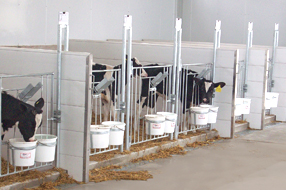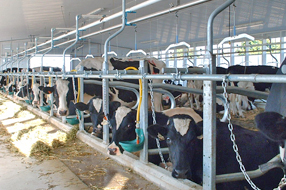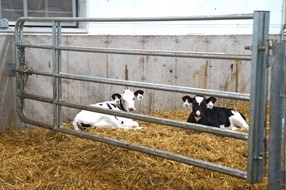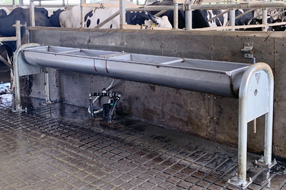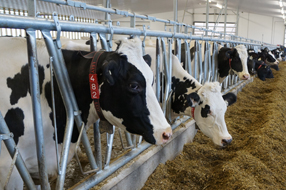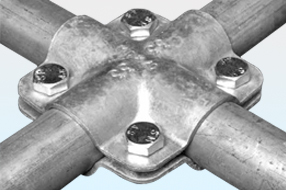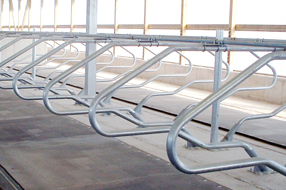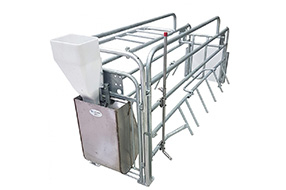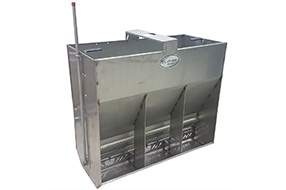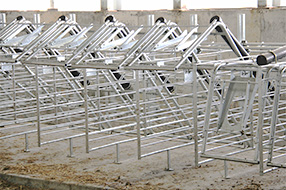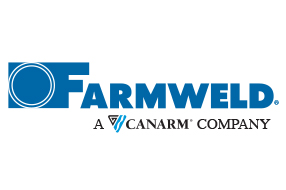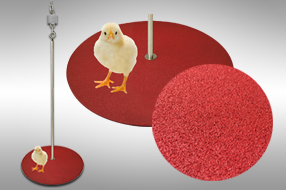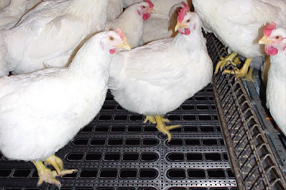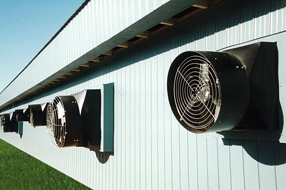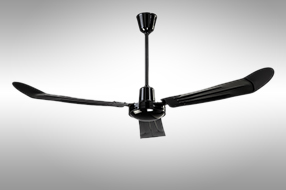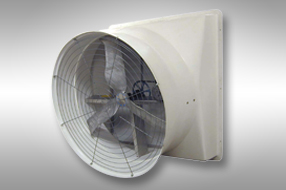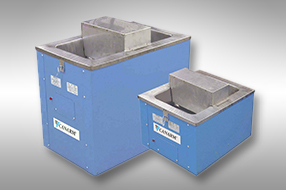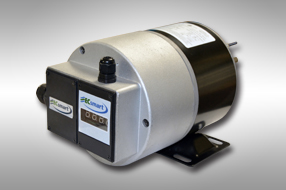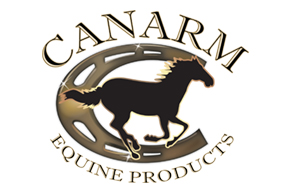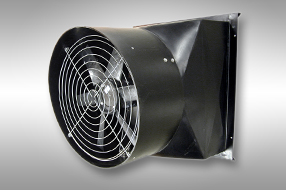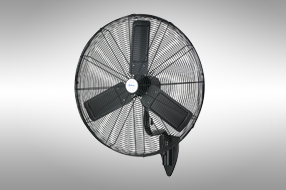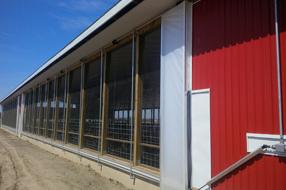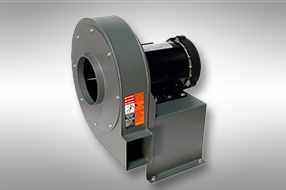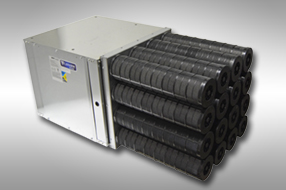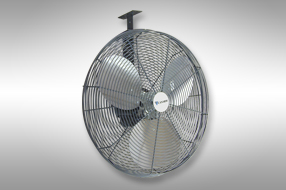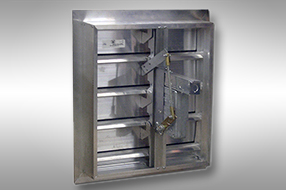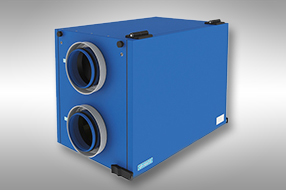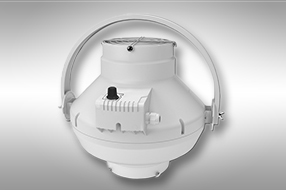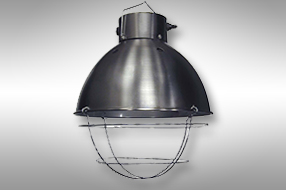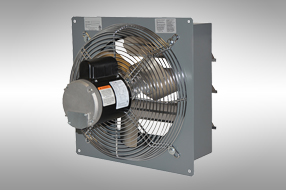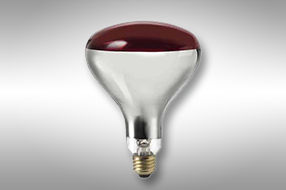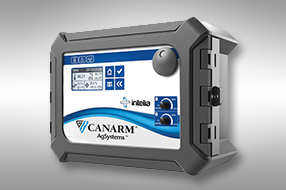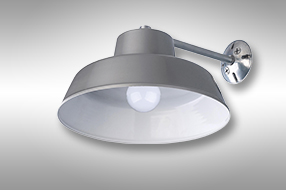Simple, cost effective watering tips to maximize milk production
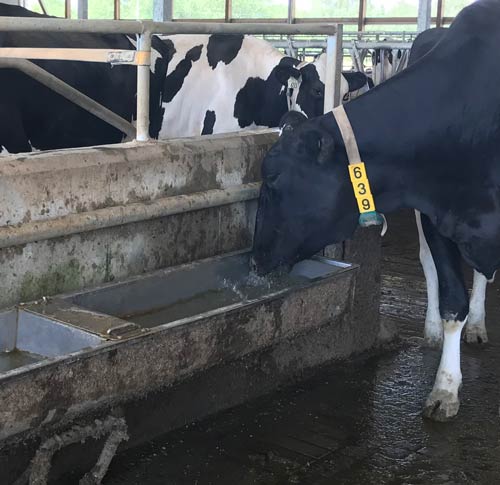
A clean fresh water supply is one of the most important things you can provide for your herd. And even though it may be a very low cost input item, it should be viewed as one of the most critical. There are several components to consider when reviewing your water supply but here are some of the most important to watch for.
Let’s first talk about some basic numbers. When calculating your herd requirements, you have to base it off some production parameters. For instance, to determine how much water a lactating dairy cow will need, you must consider the following:
- 4-5 liters for every KG of dry matter intake or
- 3.5-5 liters for every liter of milk produced
The second option is usually the easiest to calculate, since everyone follows output as one of the key production indicators for each cow. With a herd average of 35 liters of milk per day, that means you need to supply up to 175 liters of water per cow per day. About 50-60% of that intake of water occurs within 1 hour of being milked so not only do you need to consider volume but positioning becomes important as well. Barns using a milking parlour versus barns with robotic milkers have different cow traffic and behaviors to consider, so there is never really just one “set in stone” rule of thumb to use. However, we can split this up into two examples to try and generate a base line.
Let’s take a group of 160 cows milked in a double 10 parlour for our first example. The first key point of interest is where the cows exit the parlour back into the barn. Your cows will be craving their highest intake of water following the period of standing in the holding area and then being milked. So you will have a steady stream of groups of 10 animals looking for a spot to drink. If you assume 2’/cow then that means you should have a minimum of 20’ of water space available near that parlour exit. There will also be other locations in the group where you will want water – the ideal spot is in the crossovers between the feed bunk and the stalls. So altogether, you should have enough water space for 15% of your herd to drink at once, which works out to about 48’ total water space required for this group.
Compare that to 120 cows in a robot milking group and things may differ. The overall total space required to ensure that 15% of your herd can drink at once, is still the guideline to use. So, for this group you should have 36’ of trough space available. However, because traffic to and from the robot is quite constant throughout the day, you can have these water locations more evenly spread out throughout the entire group area. You would still utilize crossovers, but having more water stations spread around the group will ensure quick access to water for every cow, either after they milk or after they eat.
Another observation you should be aware of is cow traffic around your water stations, regardless of your milking setup. When at a water trough, cows will line up side by side to drink, so you need to make sure that there is sufficient room behind them for other cows to pass by unimpeded. Many crossovers are designed 10-12 ft wide, however that does not allow adequate room for additional cow traffic. By allowing 14-16’ crossovers, you not only free up that space so cows can easily fit at the trough but you are also providing an adequate area for a walkway behind the ones drinking.
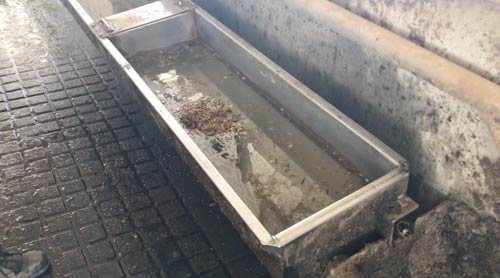
Regardless of the size of your herd, you should always have more than 1 water station available to each group. This will help to ensure that the boss cow doesn’t dominate and block the only spot. It is also a secondary failsafe should something go wrong with the first spot. Lastly, a cow should never be more than a 100’ walk away from any water source regardless of where they are in the barn.
Cleanliness is by far one of the easiest things to watch for and manage. A consistent routine of checking all water stations for dirt and debris should be performed multiple times a day. Troughs and bowls that are easily tipped to clean should also be utilized, so that if you do find an issue it is easily rectified. Deep troughs often hide things in their murky depths so models that are only 8-14” deep are much easier to manage and keep clean. Carrying a brush with you to help scrub a trough after tipping is also a great habit to get into. Troughs that are made with stainless steel will make cleaning much easier and effective. Stainless steel will not harbor bacteria since they are impermeable and will not scratch like plastic products can.
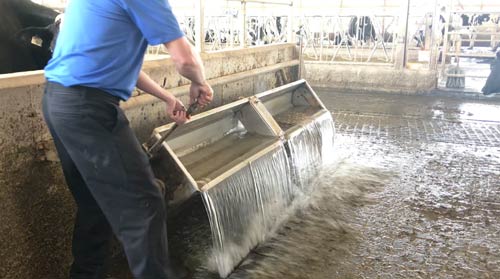
A visual check is just step one. A trough that looks deceptively clean can still start to harbor hidden bacteria like E.coli. Get into a routine of dumping and scrubbing a trough at least once a week to help prevent this. Site water tests should also be performed at least quarterly to help identify any issues with the incoming water supply. Watch your Total Dissolved Solids (TDS), pH (acid-base test), mineral concentrations and bacteria contamination and review with your vet and/or water specialist to see what options are available to improve these numbers.
It is also imperative that your water supply has enough pressure and volume to keep up with the peak demand of your site. If your troughs are running dry at any point during the day, then your flow rate to them is not high enough. Valves with a 10-20 GPM (40 to 80 LPM) or higher flow rate should be used to ensure that water can be dispensed at an adequate rate to keep up to the pace that the cows will be drinking at. Watermain lines of 2” or higher will also help to ensure that the system can replenish the troughs quickly. Milkline wash cycles, plate coolers, pressure washing and other general farming activities can cause fluctuations in system water pressures, so make sure that your system pressure stays over a 20PSI minimum. Installation of water reservoirs to help keep ahead of those peak demand times are becoming more and more popular. The reservoirs can provide you with the means to recapture water used in your plate cooler for instance, which then converts that waste back into potable water for your drinking system.
Take the time to review your water practices to help ensure that you are getting maximum performance from your cows. Feed Intake, reproduction, production, the ability to fight infection and the ability to cope with heat stress all tie directly back to the quality and availability of water. The ability to use quality drinking water to maximize your farm profits is becoming increasingly important in a market of increasing costs and decreasing prices, while producing happy, healthy, hydrated cows.

As seen in Oct 2019 edition of Progressive Dairy Canada.


